Have you ever experienced a boring product tour that showed you around a bunch of features completely irrelevant to your use case and the job you want to get done with your tool? Or were you asked to complete step 5 before you even took step 1? I think we all have (examples later!).
Let’s face it — user onboarding can be a make or break for SaaS. More often than not, it leaves a lot of room for improvement. In this post, I will show you how you can use customer journey mapping in SaaS to create the perfect onboarding experience for your product that will make you really stand out from the crowd!
Contents
Using customer journey mapping to create great user onboarding
You may be asking yourself how journey mapping can help you create a better customer onboarding experience for your SaaS.
First of all, if you note down all the main tasks that each persona needs to complete at each stage of the user journey (and what touchpoints, questions, and problems they have), you will know how to address each of them with onboarding experiences.
Let’s take an example of an email marketing tool.
You may have heard of the “Jobs to Be Done” framework. An average email marketing tool can “be hired” to do several different “jobs”:
- Collect email addresses for a brand new blog/online store;
- Send newsletters to an existing email list;
- Create complex email automation workflows for a SaaS;
- Create an email course for a personal coaching business;
- Etc.
It doesn’t matter if the user persona is a 47-year-old mother of three who likes gardening in her free time or a 22-year old marketing intern who likes playing video games.
All of the jobs will require different steps to take for the new user.
After listing all these “jobs to be done”, create a persona for each of them. Then, think about all the touchpoints, questions, feelings, and issues that a specific persona will have across their user journey.
Let’s look at how to use this information to create effective new user onboarding.
Using customer journey mapping for new user activation
Sometimes one user may “hire” your email marketing tool for several of these jobs, but they won’t be doing them all simultaneously.
Bottom line: make sure you understand what your user came for to your tool to offer them a highly relevant onboarding experience that will get them to accomplish their goal as quickly as possible.
Reducing the time to value is critical for new user activation and the first day retention.
Now, how do you know what your users want to do when they’ve first signed up, and how do you create customized onboarding flows for each goal?
When you don’t have any user behavior data yet, the way you can find out what your new user wants to do is by simply asking them.
Let’s take the example of ConvertKit, an email marketing SaaS for creators.
Knowing that depending on their “job to be done” their users are going to have very different touchpoints with their tool at the “Aha!” stage (the time before the “aha moment” – the moment of deriving initial value’), they simply asked their user who they are and what they want to do in the welcome screen:
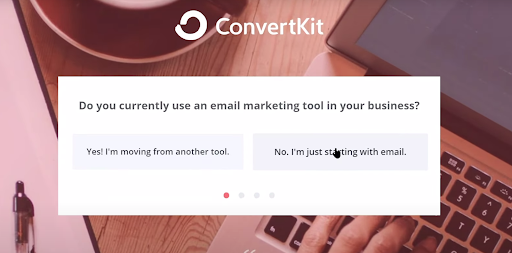
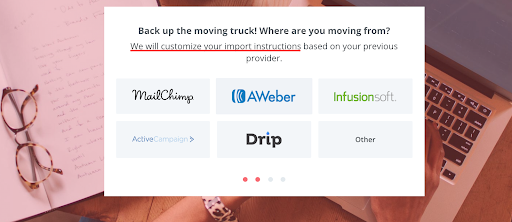
That allows them to customize their instructions accordingly.
To create a highly effective (relevant and customized) onboarding experience for your new users, follow these steps (with your customer journey map in hand!):
- Create a welcome screen with a microsurvey to gauge the user’s JTBD early:
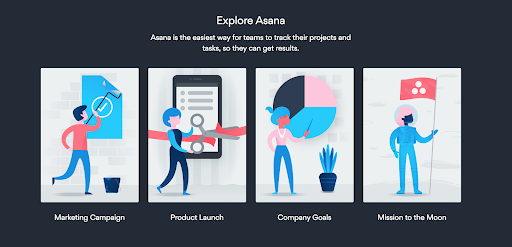
- For each JTBD/ persona select the touchpoints from the “Aha!” stage in your journey map that are necessary to derive the early value of your tool.
- Think which actions the user performs at these touchpoints and in what order.
- Create interactive, branched experiences nudging the user to perform the key actions (key activation points).
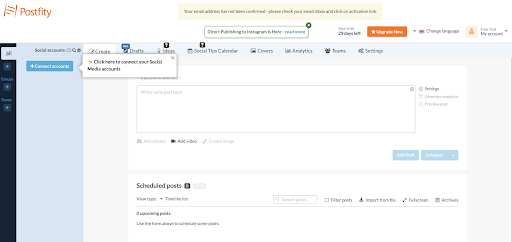
- Trigger each step of the experience only based on the successful completion of the previous step. This is how an interactive walkthrough differs from a traditional, ineffective product tour:
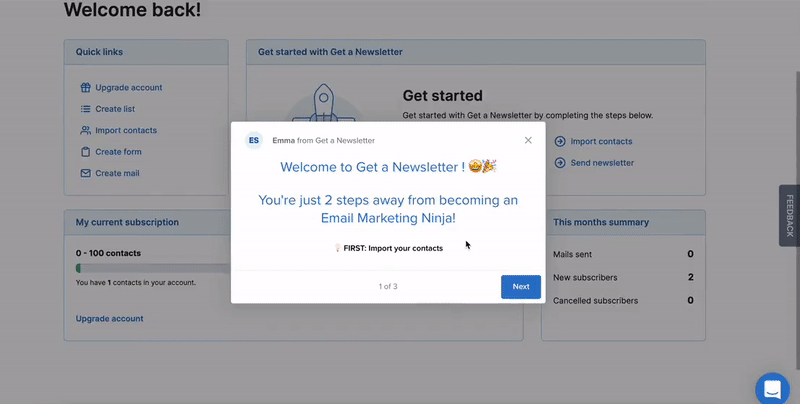
The downside of a traditional, linear product tour (as you can see above) is that it shows the user how to complete steps 2, 3, and 4 before they have even started on step one. That way, you cannot tell if they have actually been successful. Also, product tours tend to show the new user more actions than they need or want to perform at this stage. They are overwhelming and not really helpful.
Instead, use experiences focused only on the 1-2 major actions required to reach the key activation points. Use custom events as goals and triggers to learn if your user has actually achieved the goal of the first experience before triggering the second one:
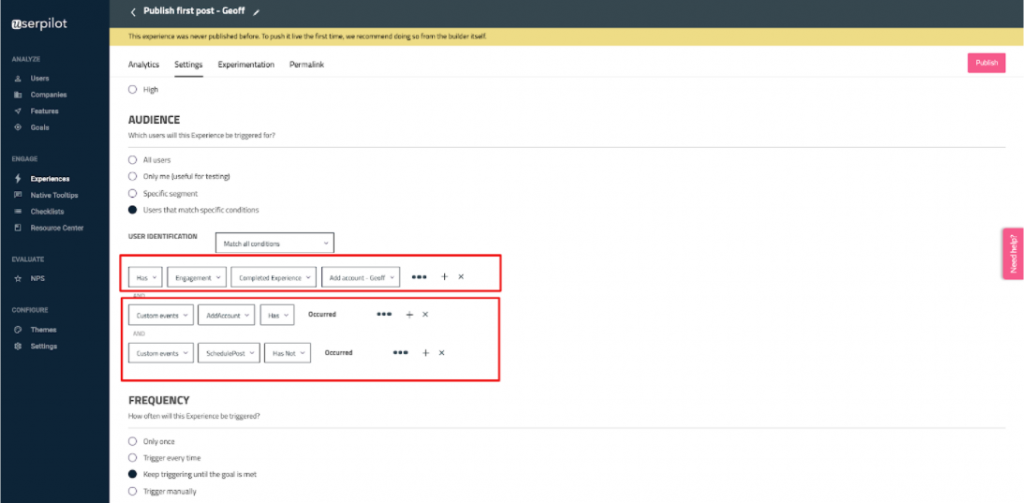
- Celebrate the user’s success with a success message after completing the onboarding flow.
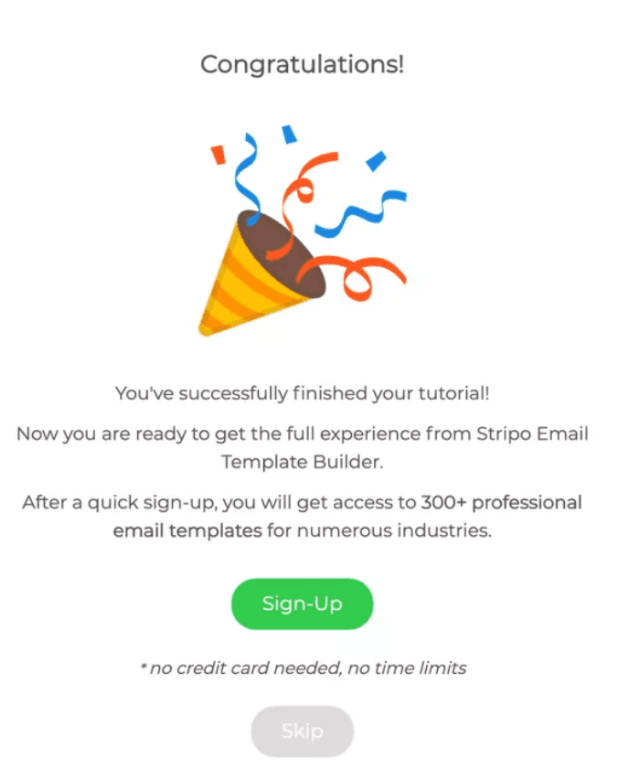
Using customer journey mapping for secondary onboarding
The issue with SaaS onboarding is that it often stops at new user onboarding. Meanwhile, your customer journey continues, and there are other touchpoints in your users’ journey that they may have problems with!
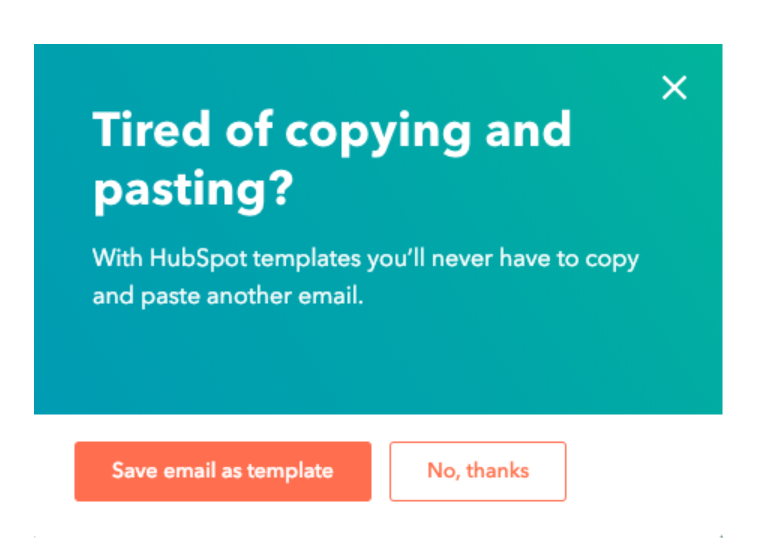
Use your customer journey map to identify those touchpoints and build relevant secondary onboarding experiences around them.
Look at the example of Hubspot above. The tooltip urges an advanced user to save their email as a template. This is the kind of secondary onboarding experience your users will welcome at later touchpoints in their user journey.
Wrapping it up
To ensure your user onboarding experience is effective, you need to customize it for your user personas and the job-to-be-done. The best way to do this is is to tie each step of your onboarding experience to a touchpoint in your customer journey map.
That way you can create experiences that are relevant to your user’s journey, and really help them achieve their goals.
The video
Want to learn even more? Watch the recording of our recent event with Emilia.


